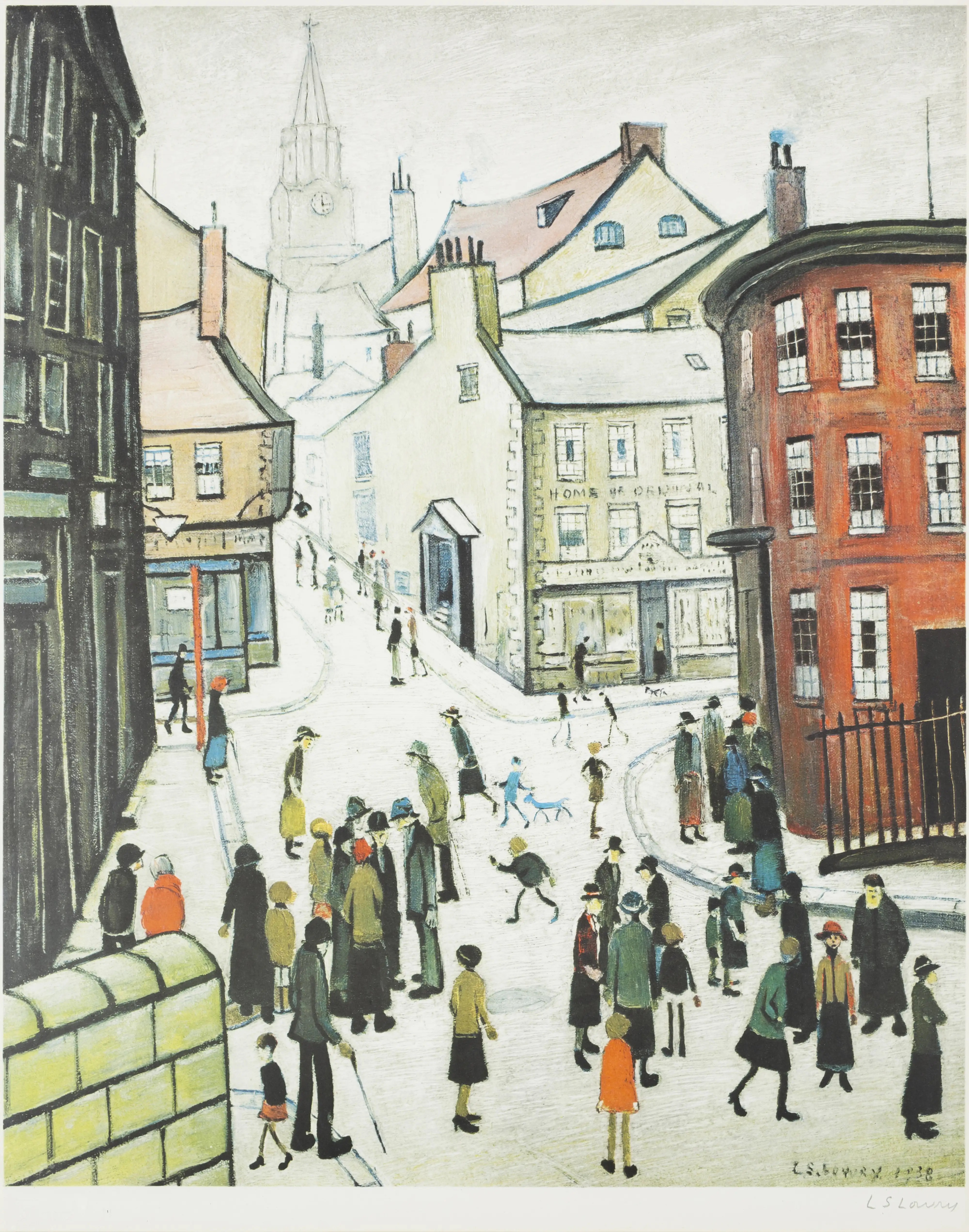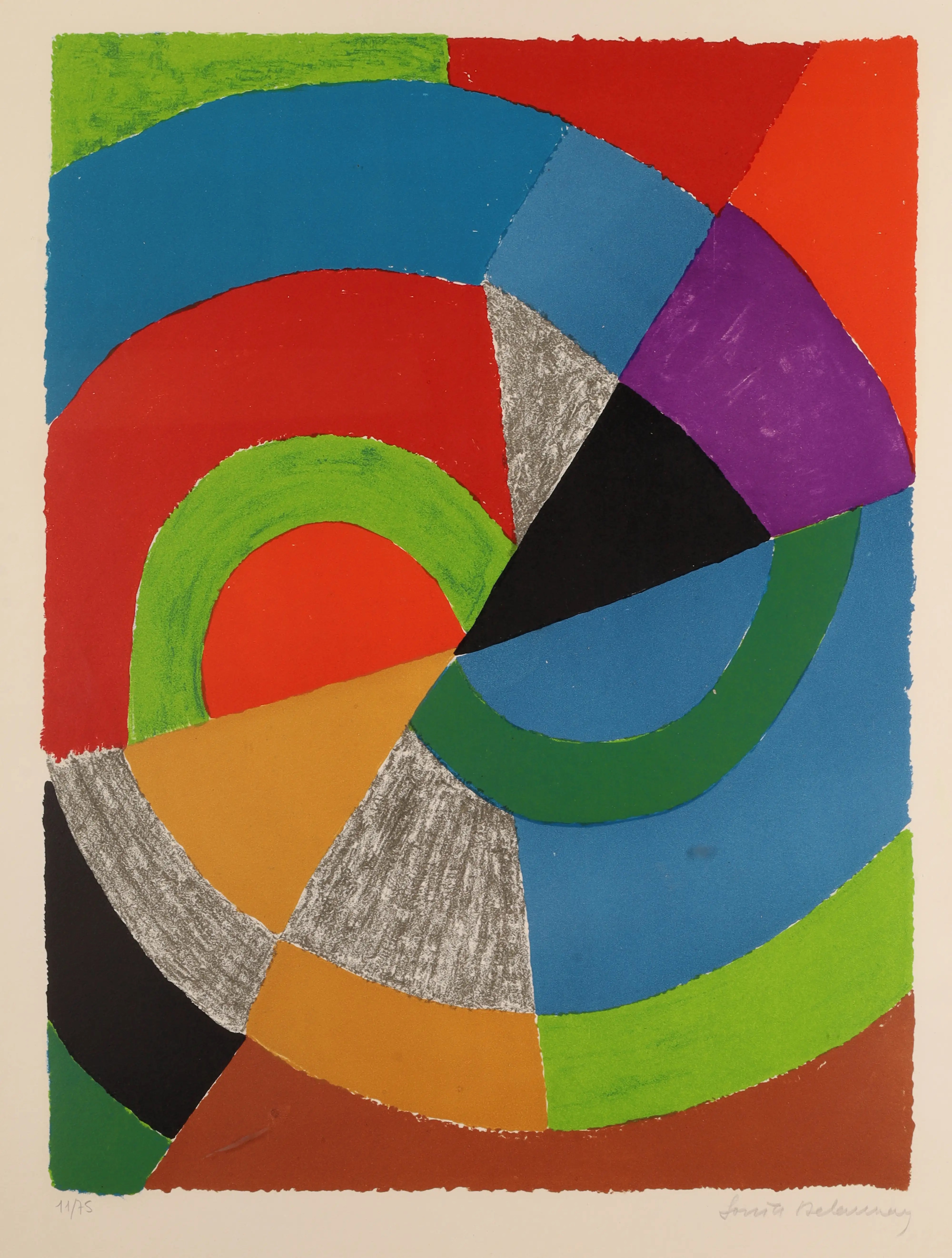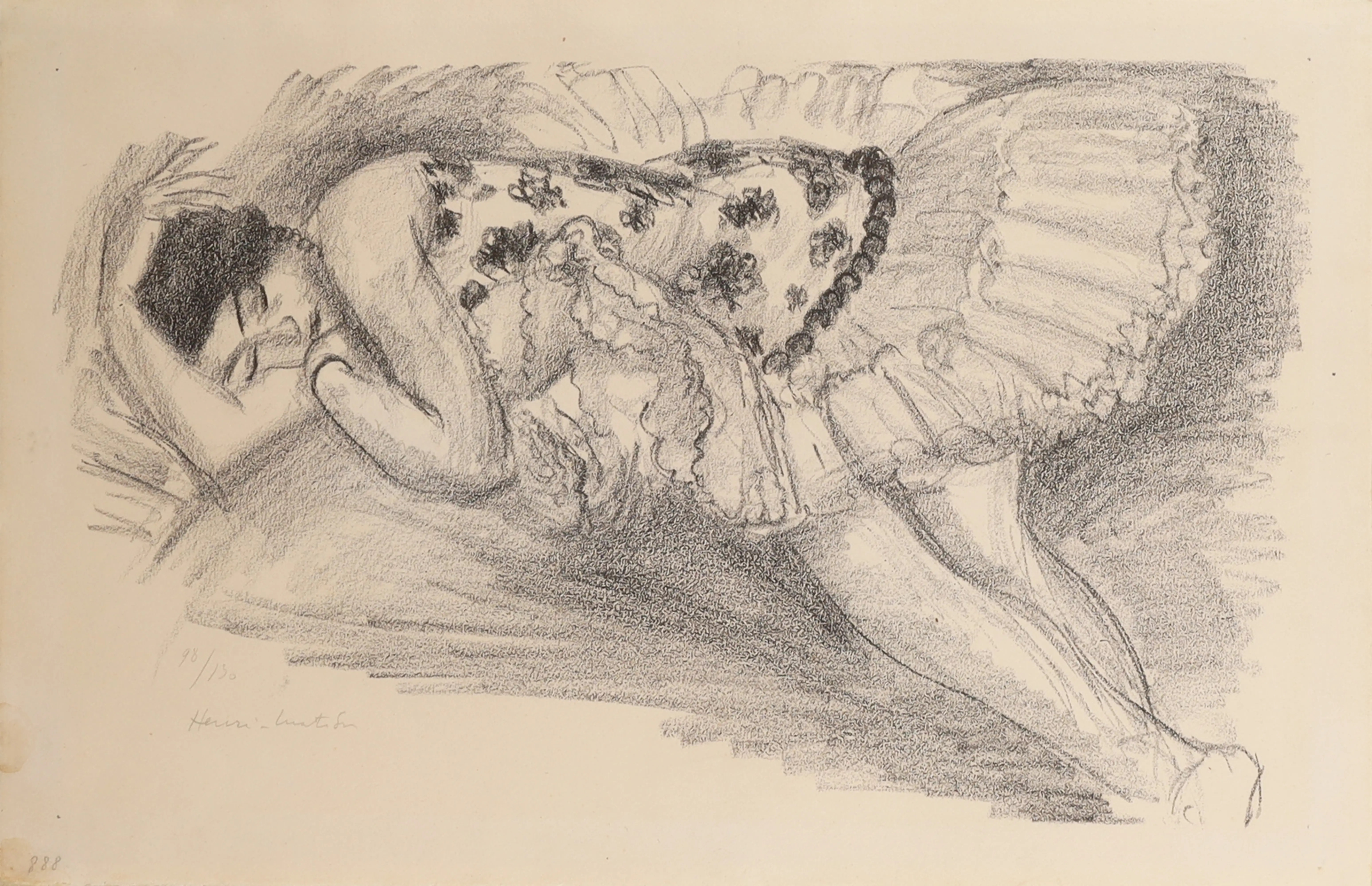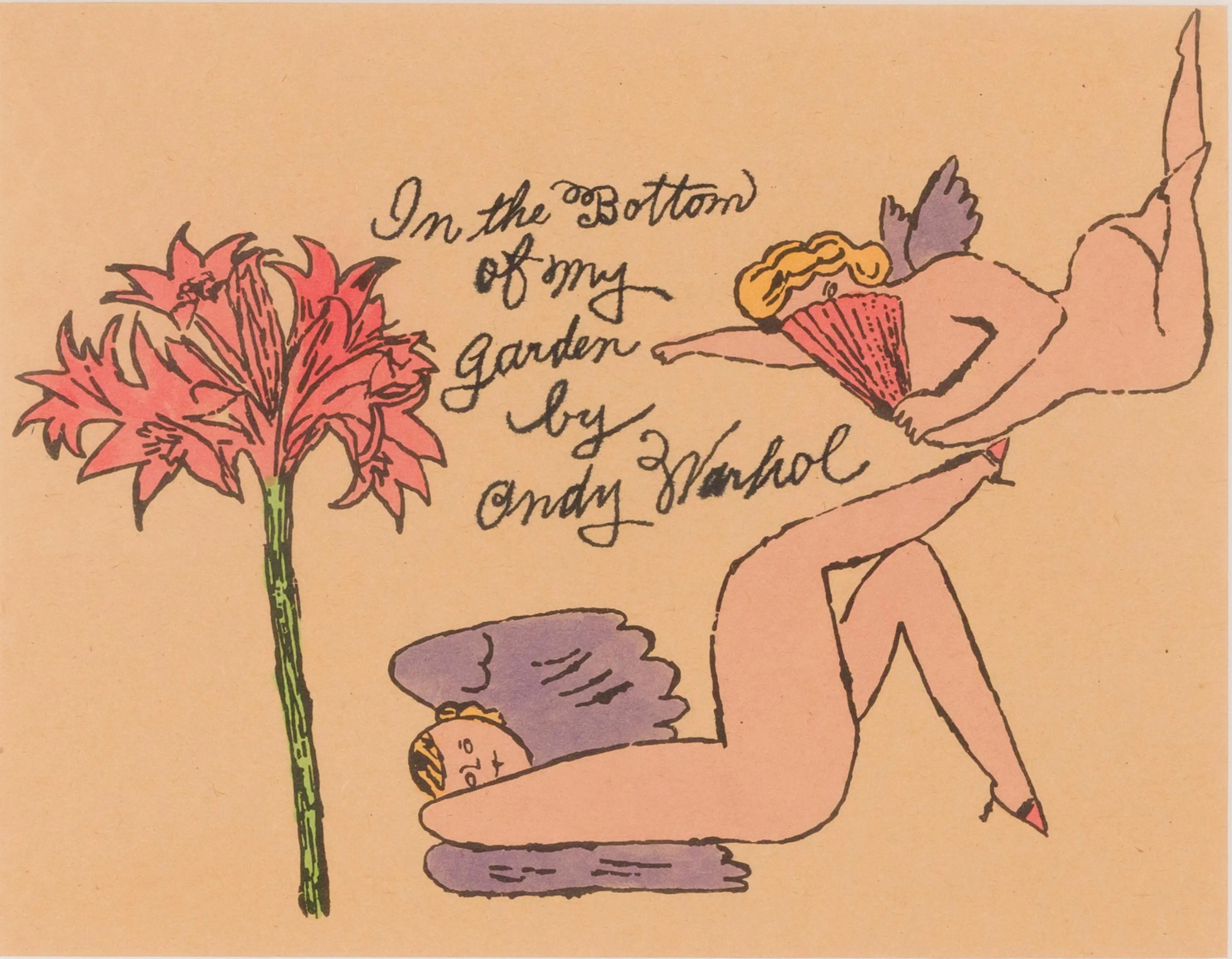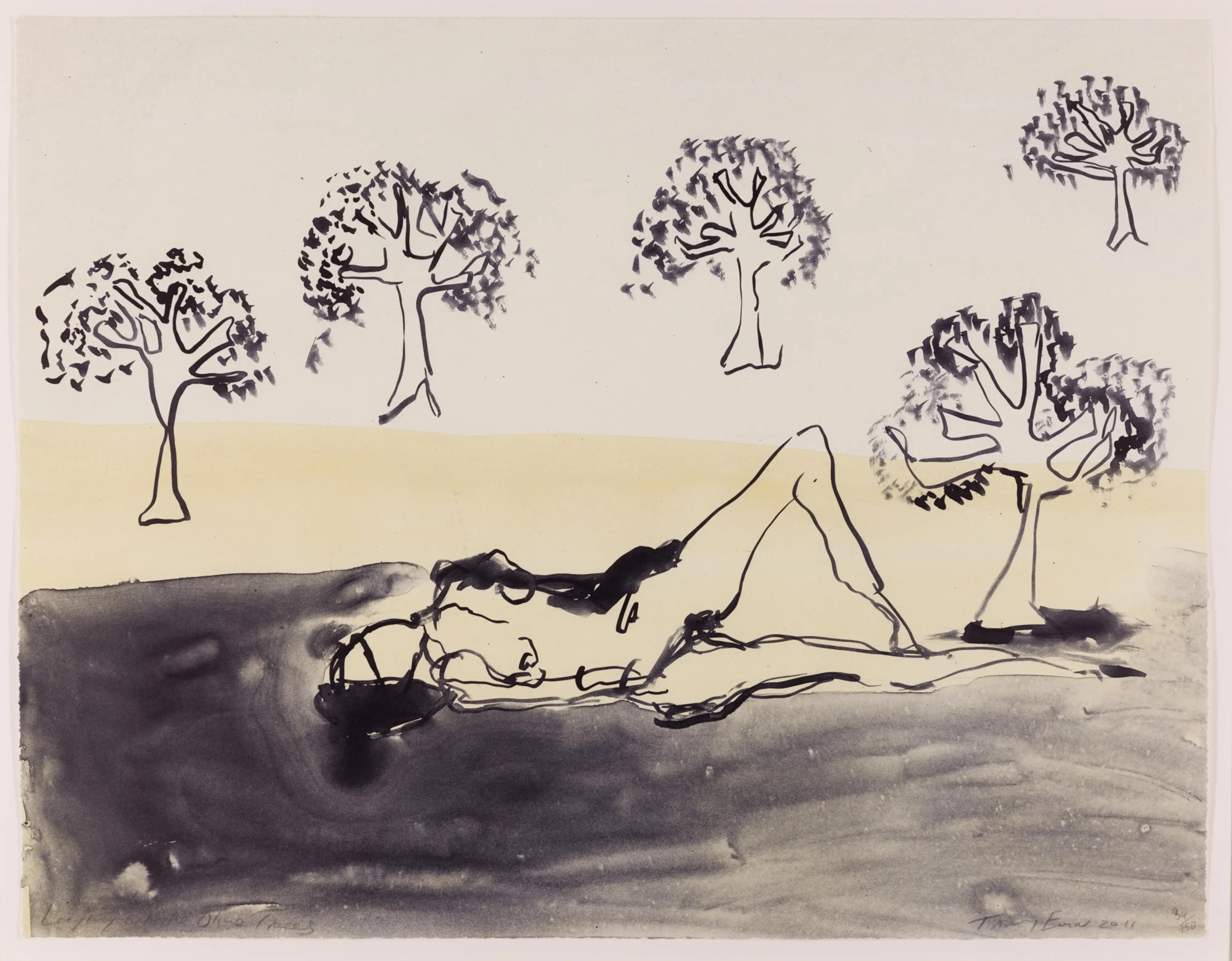What is Lithography?
Lithography is a planographic printing process that involves creating a design using an oil-based lithographic crayon or ink directly onto a flat stone or a prepared metal plate, typically made of zinc or aluminium. The design is then set in place through a chemical reaction, making use of the fact that grease repels water.
A Short History of Lithography
Lithography has been around since the 18th century. Invented by author and actor Alois Senefelder in 1796 in the Kingdom of Bavaria, the process was primarily utilized for printing musical scores and maps. The techniques of lithographic printing remained closely guarded until 1818, when Senefelder released his book Vollständiges Lehrbuch der Steindruckerey (A Complete Course of Lithography).
In the early 19th century, lithography in Germany had a limited impact on printmaking due to ongoing technical challenges. However, Godefroy Engelmann, who relocated his press from Mulhouse to Paris in 1816, made significant progress in overcoming these technical issues. By the 1820s, artists like Delacroix and Géricault began to embrace lithography.
Lithography as a Fine Art Medium
In the 19th century, lithography rapidly gained popularity in the production of fine art. During this period, artists such as Eugène Delacroix, Francisco de Goya, Théodore Géricault and Henri de Toulouse-Lautrec began using the medium to produce detailed images and textures by using a variety of tool and materials, realising the medium’s versatility. Lithographs can have a distinct aesthetic and are often characterised by soft lines and rich tonal variations, allowing for spontaneity and immediacy while capturing the artist's hand and style.
Colour lithographs, known as chromolithographs or oleographs, emerged in the second half of the 19th century, and while they gained popularity, their overall quality was often subpar. However, in the 1890s, Henri de Toulouse-Lautrec elevated colour lithography to new heights, inspiring artists like Paul Gauguin, Pierre Bonnard, and Édouard Vuillard.
In the 20th century, the medium was further revived by artists such as Edvard Munch from Norway; German Expressionist Max Beckmann, Mexican artist Diego Rivera and American figures such as Robert Rauschenberg, and Jasper Johns. French artists like Henri Matisse and Georges Rouault also contributed to the flourishing of the medium, as well as Spanish artists Pablo Picasso and Joan Miró.
Offset Lithography
Today, offset lithography is the predominant printing method used for large-scale production. This technique is employed to print high volumes of materials such as magazines, books, and newspapers.
As discuss earlier in this article, oil and water don’t mix, so this principle has remained as the foundation of offset lithography. Images are first transferred onto metal plates, which are then moistened with water and inked with rollers. Because the ink is oil-based, it adheres to the image areas, while the water clings to the surrounding non-image areas. The ink is subsequently transferred to a rubber blanket—similar to a large stamp—which then presses the inked image onto paper. The name "offset lithography" comes from the fact that the image is not directly printed from the metal plate to the paper; instead, it is “offset” to another surface, with the rubber cylinder serving as the intermediary.
Lithography Now
This medium continues to hold significant relevance today, remaining a popular printing method for both commercial and fine art applications. Modern offset lithography offers the advantage of quick adjustments in print runs, making it economical for both small and large volumes.
Many contemporary artists continue to embrace traditional lithography for producing fine art prints, including David Hockney, Sir Howard Hodgkin, Peter Blake, Tracey Emin, and Sir Grayson Perry.


